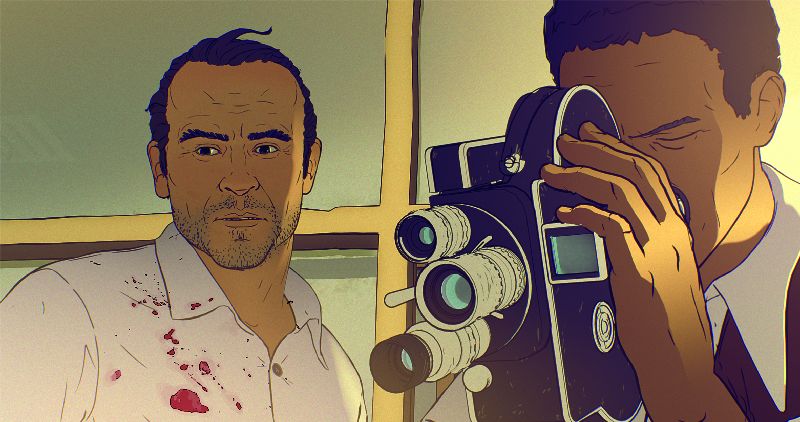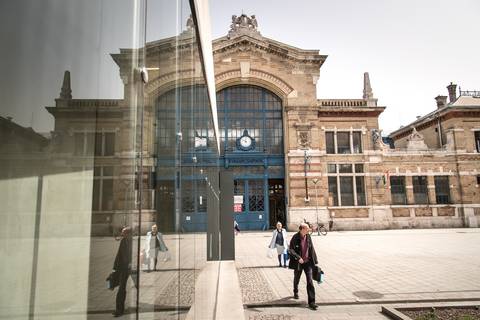The works of late Polish journalist Ryszard Kapuściński are well known to English-speaking readers, his reportage of conflict in post-colonialist Africa collated as best-selling books. Now Hungarian company Puppetworks has helped produce a full-length animation of his memoir of Angola’s fight for independence in 1975 – and this film adaptation has just been screened at the Cannes festival. “Another Day of Life” is a unique docudrama, bringing to the big screen a hybrid mix of live action and animation. We Love Budapest speaks to co-director Raúl de la Fuente and Puppetworks CEO Ambrus Frantisek about the making of the movie.
WLB: How did you become acquainted with the work of Kapuściński?Ambrus Frantisek:
“Another Day of Life was spearheaded by Polish animation studio Platige. They have always been a sort of role model for us, a successful animation studio that we wanted to emulate, and at that time we already had a small business relationship with them. When I heard about the film, I was sure it was a good opportunity to put Puppetworks on the animation map, so I started to negotiate with Jarek Sawko, co-owner of Platige. It was a little bit of blind trust on our part, but knowing their previous work, we were aware this could be a valuable project full of great potential.”
WLB: How long did it take to make the movie?
A. F.: “The process itself took five years in total, which is an unusually long process. We at Puppetworks joined the production during the last three years of development. The movie is a co-production involving six European companies from Poland, Spain, Belgium, Germany and Hungary. Co-ordinating so many partners was a challenge and having two directors even more so – with such an arrangement, there is a real need to ensure that their visions match at all times. Nevertheless, we managed to resolve all problems, completed the movie and we ended up with a really good result. We are glad that our film project was given the Production of the Year award at Cartoon 2018 and it is a great achievement that the jury at the Cannes Film Festival selected our movie for a special screening.”
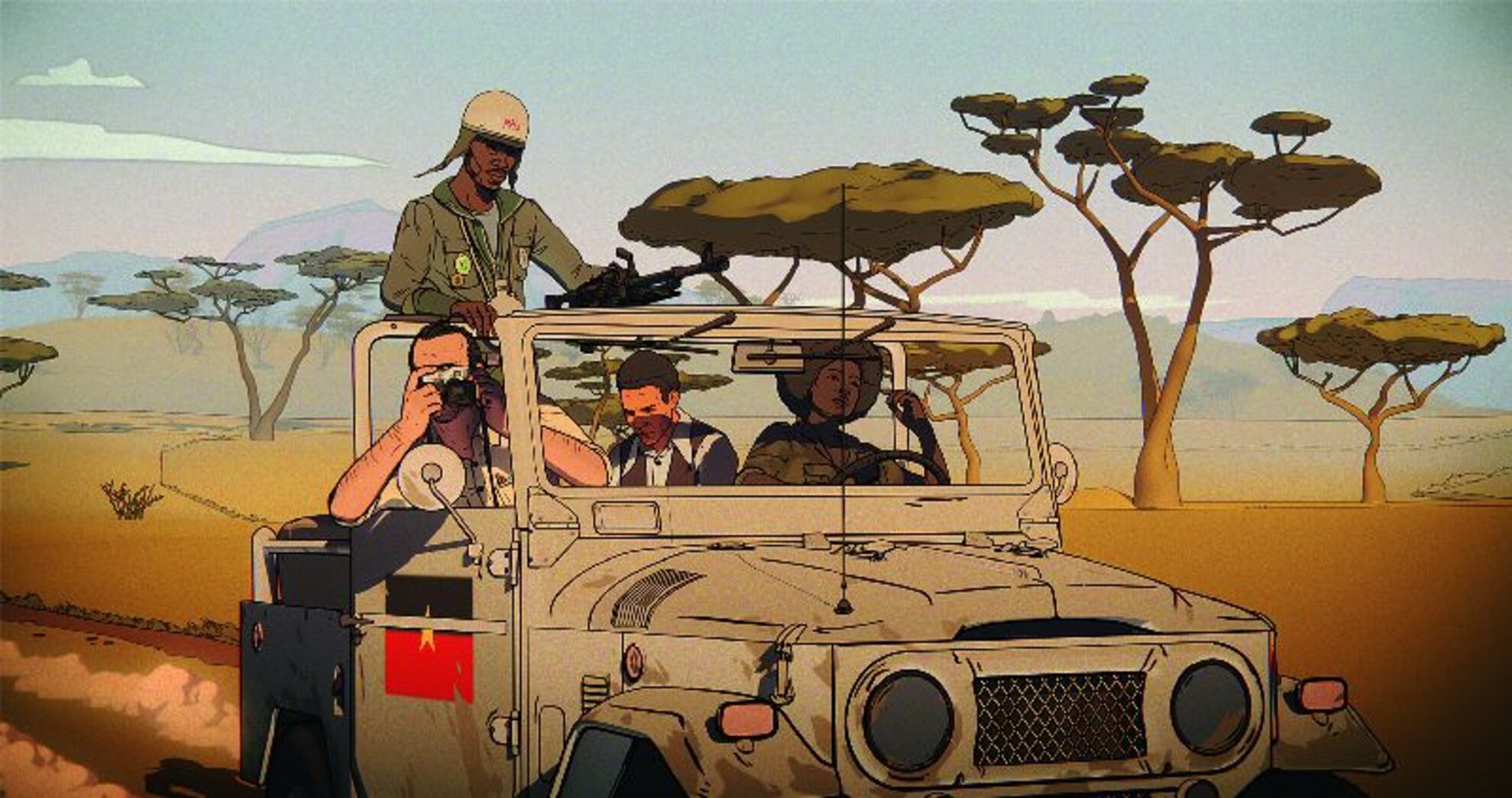
WLB: Which parts of the movie were made in Hungary?A.F.: “The production in Hungary covered character and lighting concepts, a major part of the character modelling and animation. A small part of the 3D layout was also made in Hungary.”
WLB: What is the most exciting part of adapting a book for animation?
A.F.: “Since we were not part of the project from its inception, we don’t have a perspective on its adaptation so perhaps it’s best if we leave that to the director.”
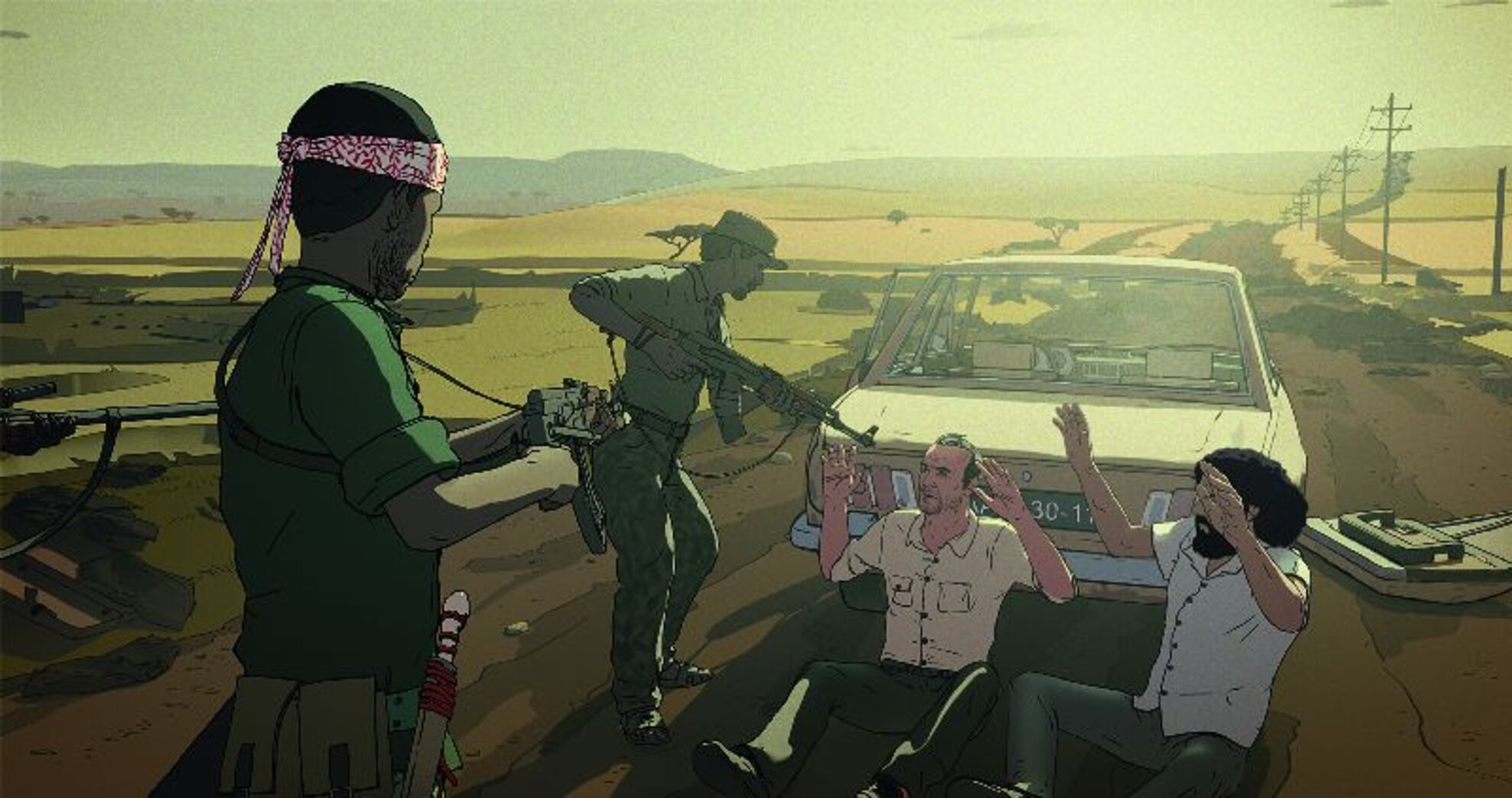
WLB: How did the film come about?Director Raúl de la Fuente:
“I fell in love with “Another Day of Life” by Ryszard Kapuściński on first reading. It was a hunch, a premonition I felt with my partner at Kanaki Films, Amaya Ramirez, the co-writer and producer. We were absolutely excited with the idea of creating a hybrid film, mixing animation and live action.
WLB: What were the best and the most difficult things about making it?RF: The most exciting part was writing the script. Revisiting the book from the perspective of animation, then choosing the best sequences and, visually, the most dream-like and symbolic. Choosing – and discarding – characters we would create in animation… or even mixing characters from the book to create new fictional ones.
And the real challenge: writing a script where animation and live action could come together and become a unique and genuine full-length feature. That's why we travelled to Angola, to meet the real characters and see the locations Kapuściński wrote about. These real people, landscapes and colours that we photographed were the inspiration for our concept and our artwork.
WLB: After five years, how would you assess the film now?
RF: As a film, “Another Day of Life” radiates reality, credibility and truth, as all the animation art and the script were inspired by real events, those written by Kapuściński, and those real characters we met in Angola. The film is a tribute to those anonymous people Kapuściński met in the trenches in 1975: Commander Farrusco, the journalists Luis Alberto Ferreira and Artur Queiroz and, the author's real muse, Carlota, the young and idealistic female guerrilla who inspired our protagonist to write his masterpiece. They say “Another Day of Life” is Kapuściński’s favourite book – it’s also mine. An amazing tale of war that has now become a hybrid film with a World Premier in the Cannes Official Selection.”
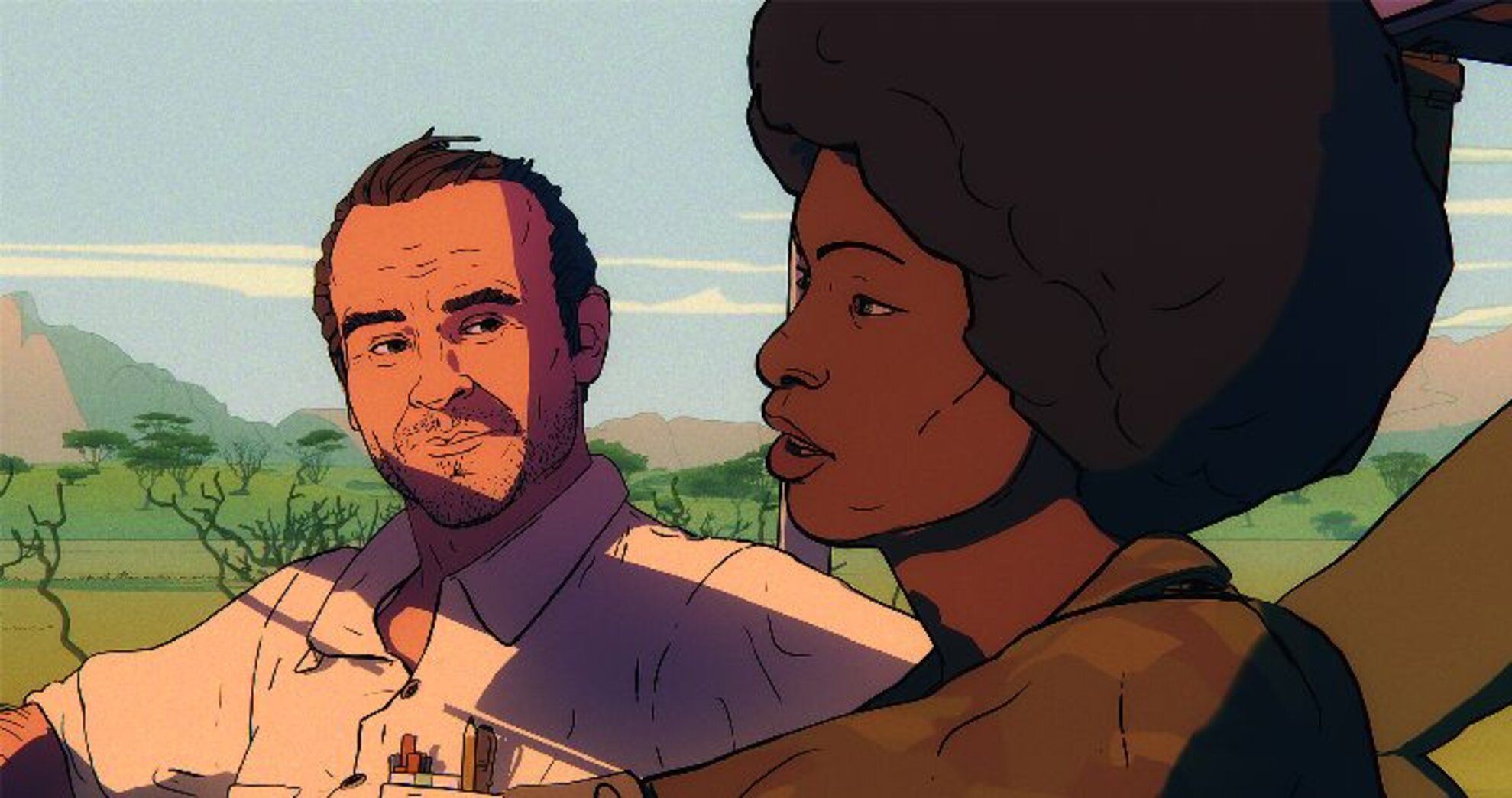
WLB: Will the film be screened in Budapest and, if so, when and where?Ambrus Frantisek:
“The current plan is that the movie will appear in Hungarian cinemas within a year. The movie is in English but it will be subtitled in Hungarian.”
WLB: What is your personal favourite part of this project?A.F.:
“We are glad about the entire production but if I have to highlight something, I would mention the concept art and the character sculpts – our artists created a lot of great artwork, perhaps even more than what you see in the movie.”
